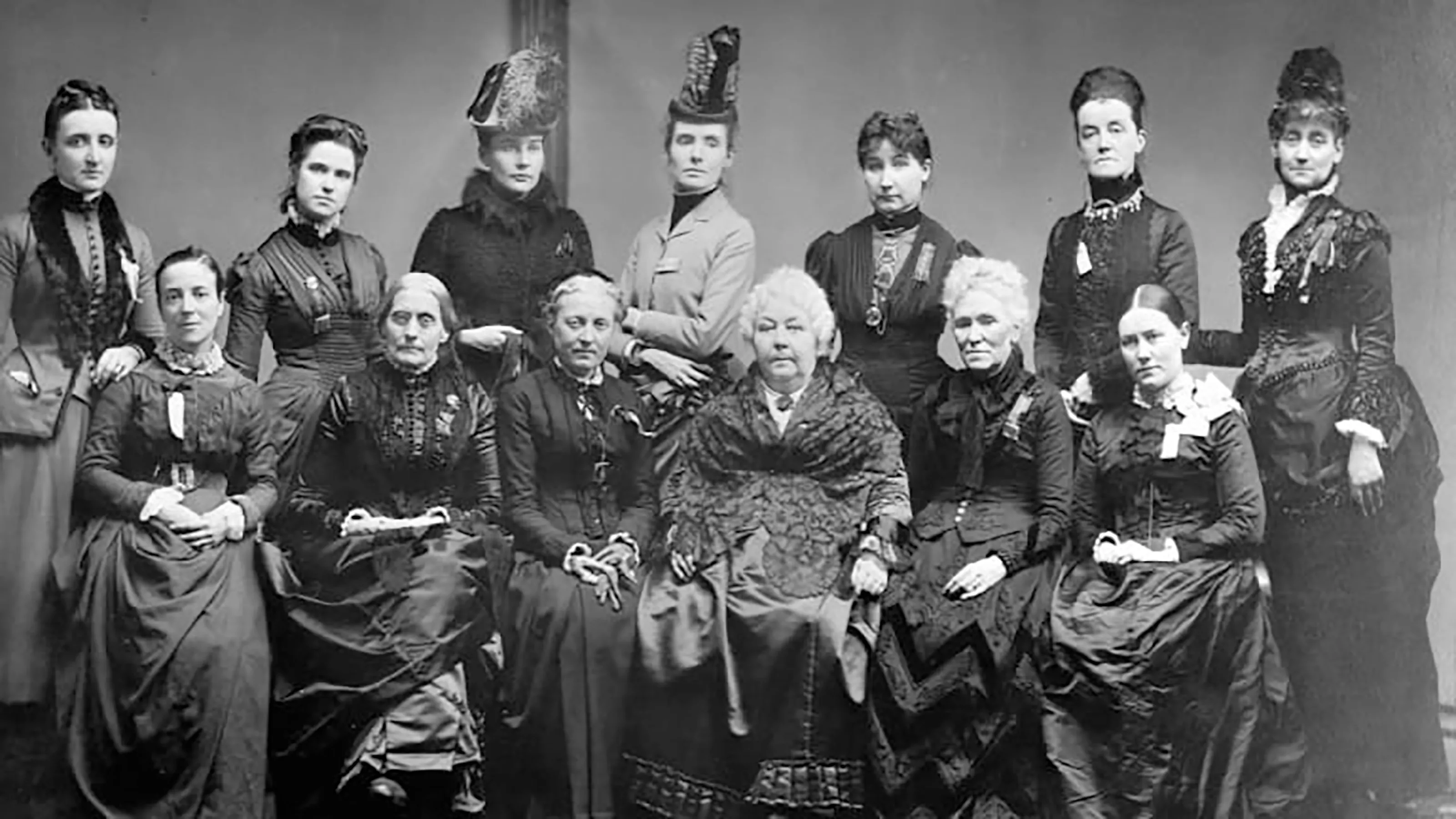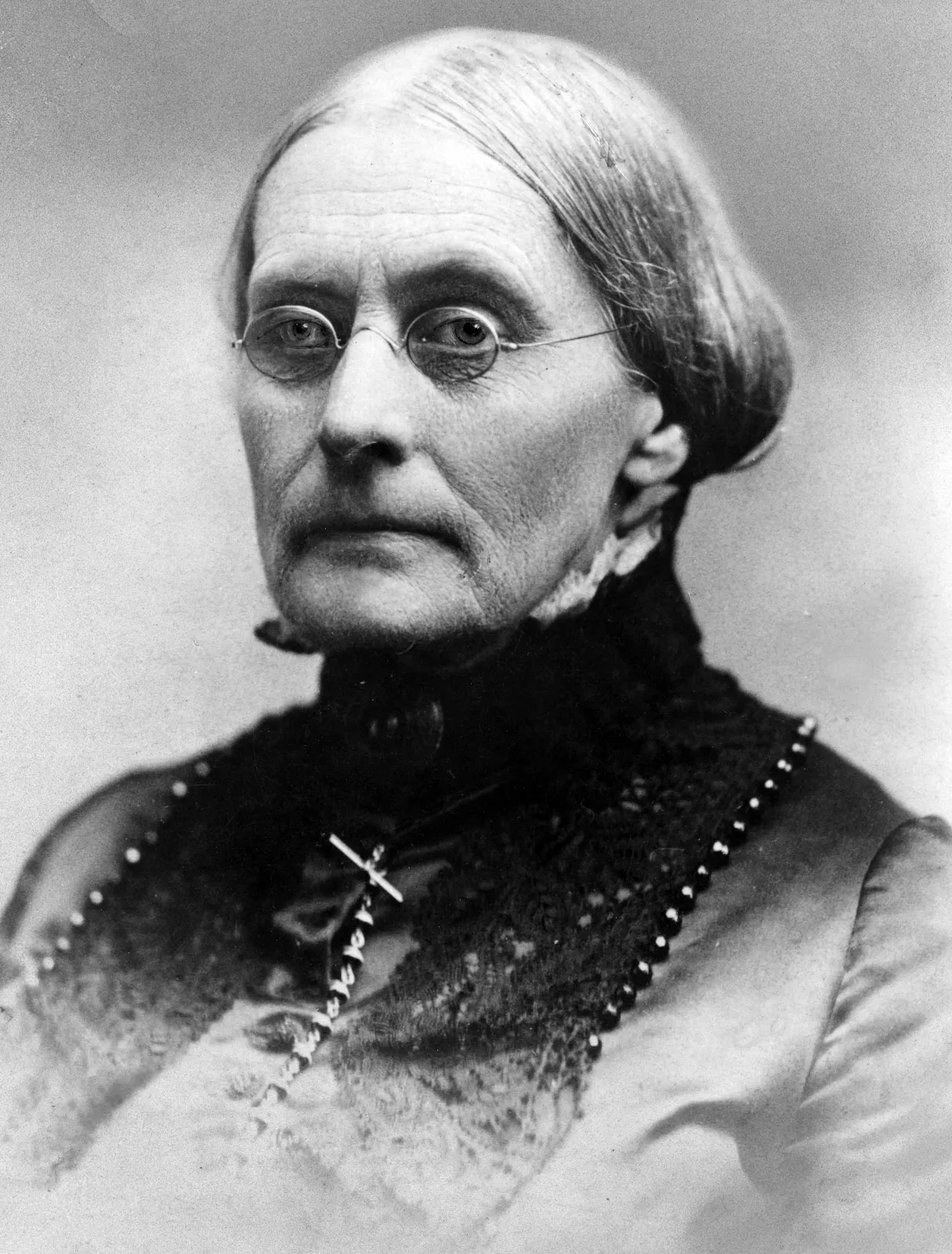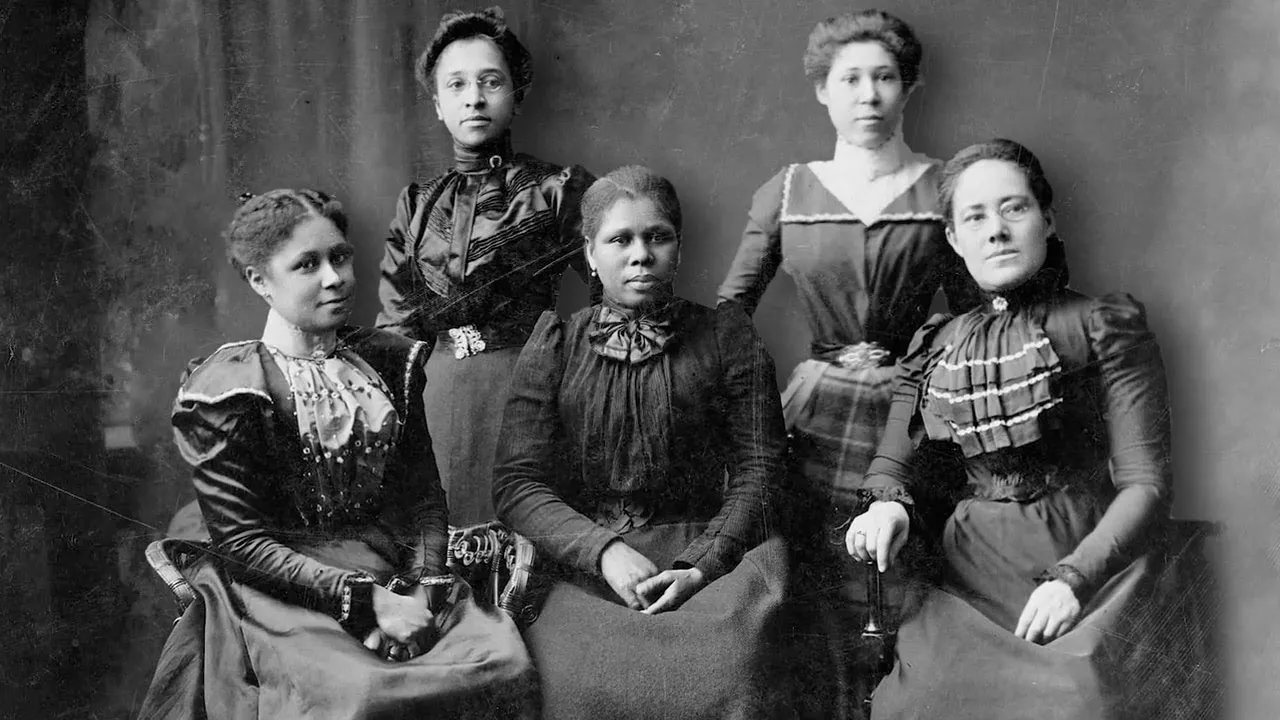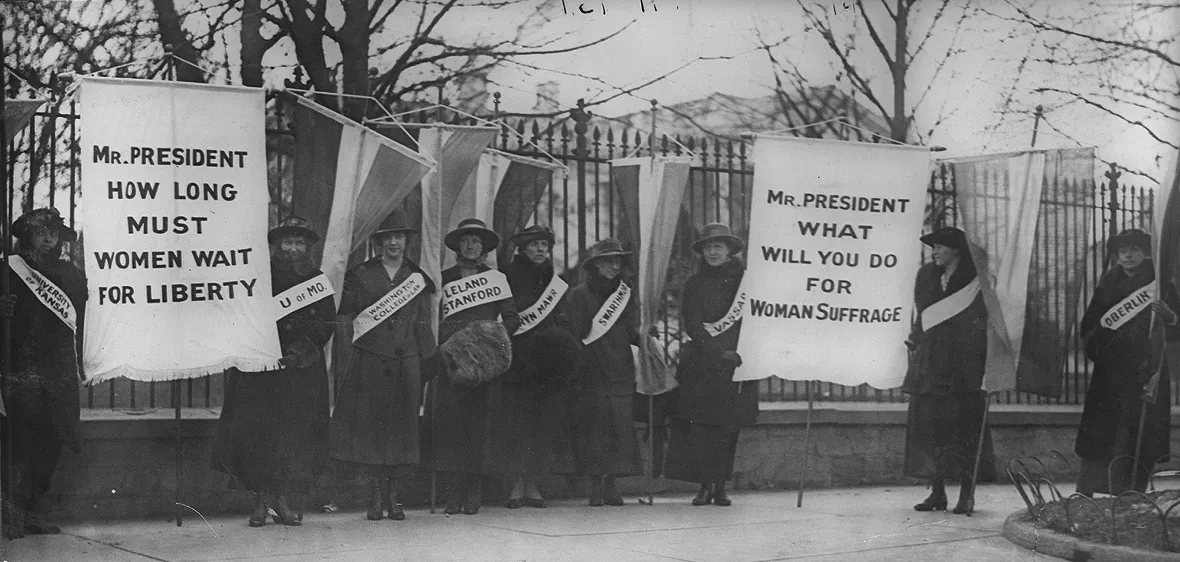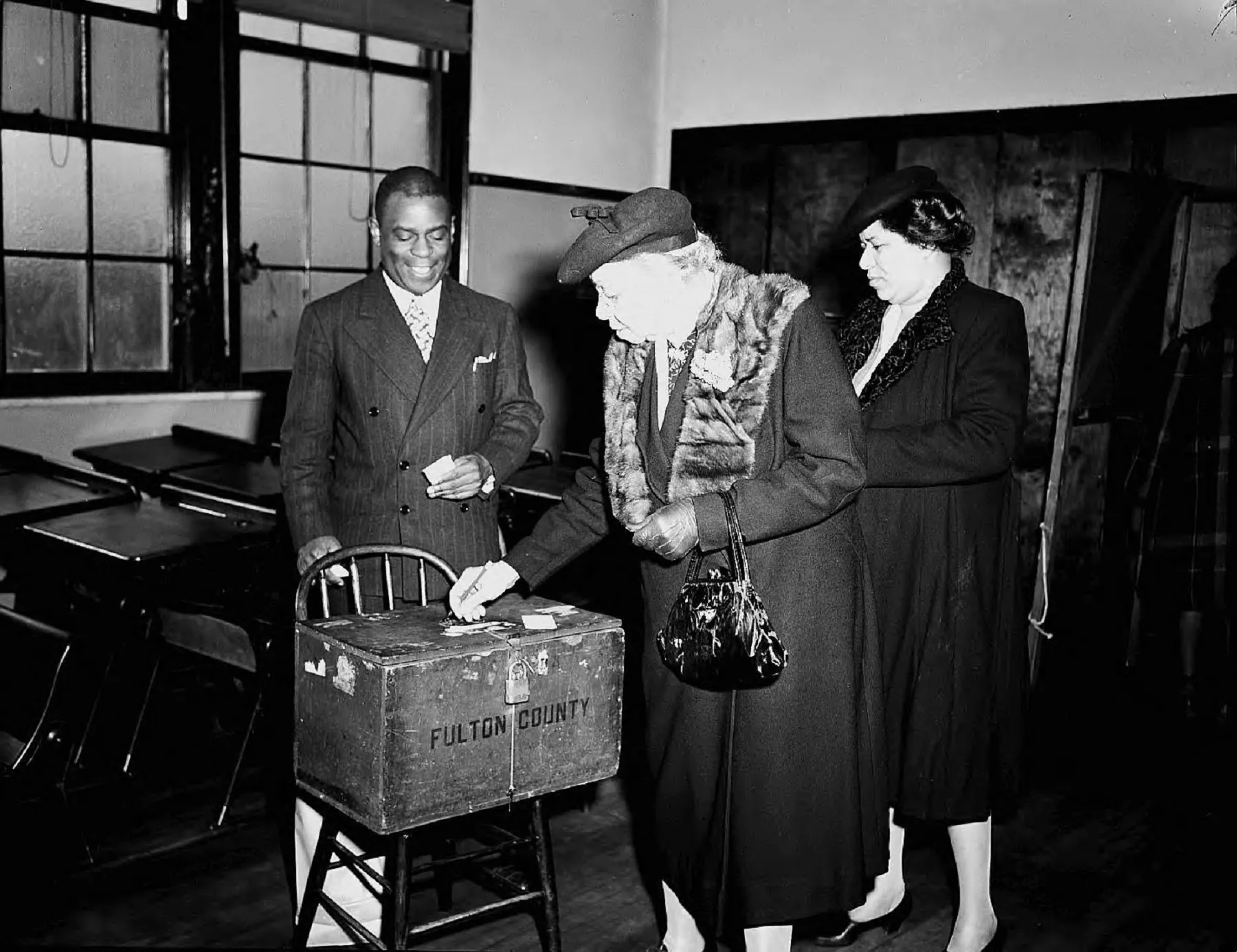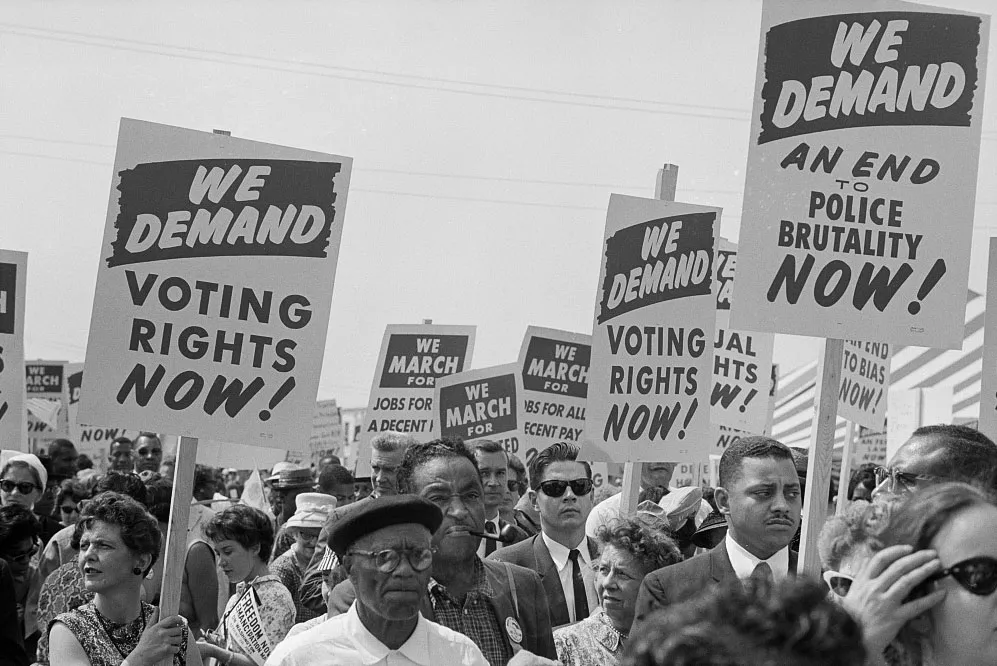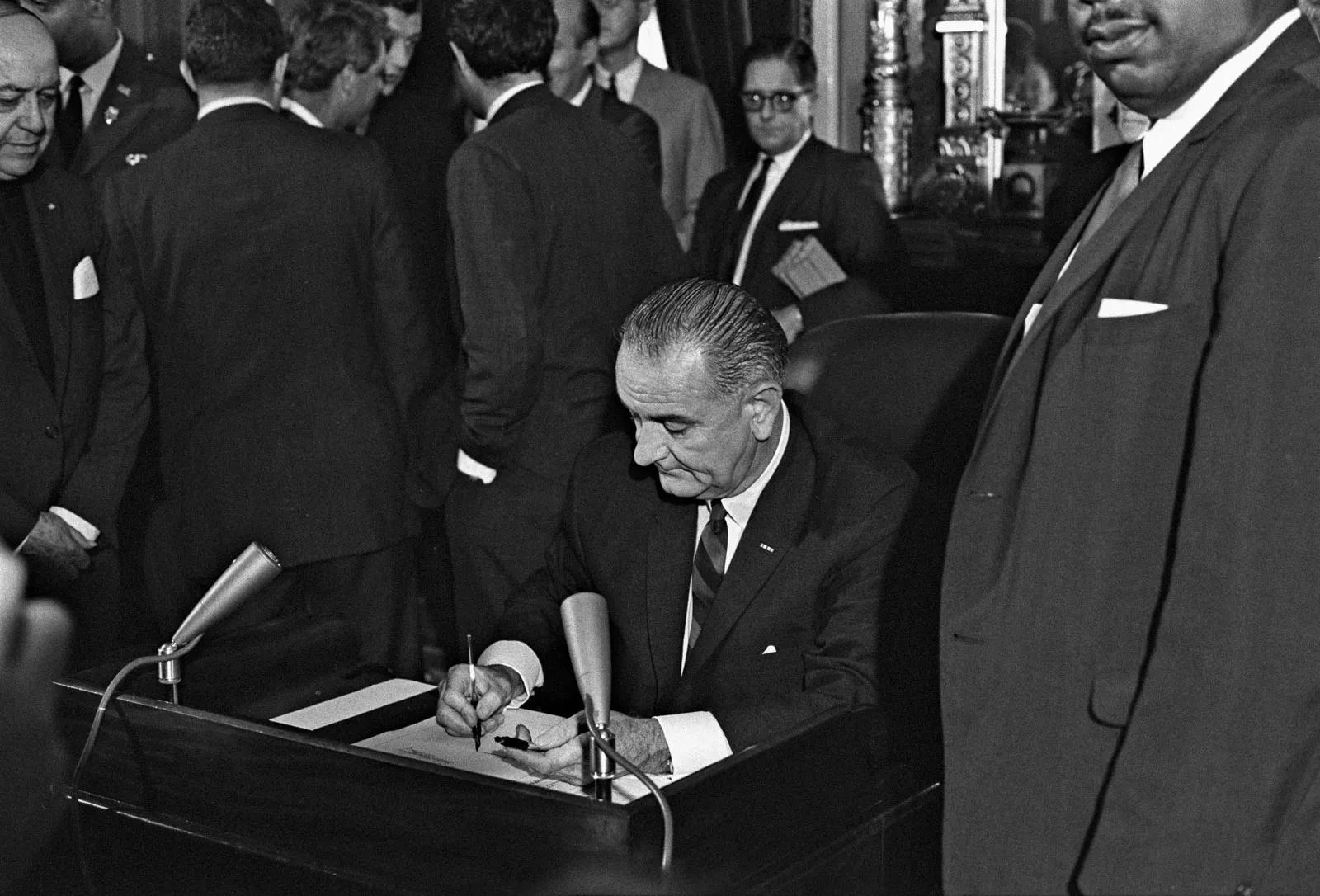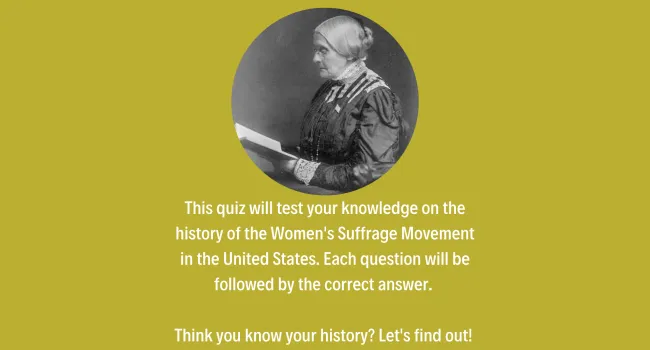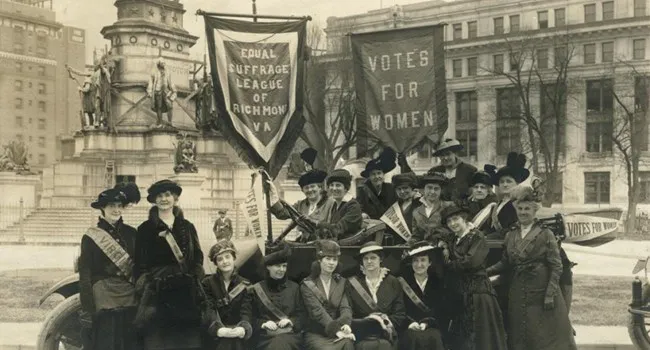This photo gallery includes the following:
- The 19th Amendment
- In the beginning, the Abolition and Women's Suffrage Movements were intertwined
- Frederick Douglass - A famous proponent of Women's Suffrage as well as Abolition
- The Seneca Falls Convention - 1848
- Group of First Generation Women Suffragists
- Elizabeth Cady Stanton
- Susan B. Anthony
- Sojourner Truth
- Frances Ellen Watkins Harper
- Lucy Stone
- Ida B. Wells
- A group of African American Suffragists
- The Civil War
- Women's Suffrage Political Cartoon
- Anti-Suffrage Political Cartoon
- The "New Woman" Movement
- Carrie Chapman Catt - Leader of the National American Woman Suffrage Association after the group's merger in 1890
- Alice Paul - Founder of the National Woman's Party
- Harriet Stanton Blatch
- Mary McLeod Bethune
- President Woodrow Wilson
- Tennessee Governor Albert Roberts
- The Silent Sentinels Protest Outside of the White House
- African American Voters
- The Civil Rights Movement - March on Washington, 1963
- President Lyndon B. Johnson Meets with Dr. Martin Luther King Jr
- Pres. Lyndon Johnson signs the Voting Rights Act of 1965
Standards
- 4.4.CC Identify and evaluate the economic, political, and social changes experienced throughout the Civil War.
- 4.4.P Explain how emancipation was achieved as a result of civic participation.
- 4.5.P Summarize Reconstruction as a turning point in American history.
- This indicator was developed to encourage inquiry into founding principles as viewed through this period of federal government involvement, the development and realignment of a new labor system not based on a system of slavery, and the significant political realignment of the South.
- 4.5.CC Identify and evaluate the impact of economic, political, and social events on the African American experience throughout Reconstruction.
- This indicator was developed to encourage inquiry into how Reconstruction resulted in the foundation for the struggle for civil rights. This indicator was also developed to foster inquiry into Reconstruction Era policies such as Constitutional amendments, black codes, and Jim Crow Laws.
- 4.5.E Analyze multiple perspectives of the economic, political, and social effects of Reconstruction on different populations in the South and in other regions of the U.S.
- 8.3.CC Analyze debates and efforts to recognize the natural rights of marginalized groups during the period of expansion and sectionalism.
- This indicator was designed to encourage inquiry into the continuities and changes of the experiences of marginalized groups such as African Americans, Native Americans and women, as the U.S. expanded westward and grappled with the development of new states.
- 8.4.CO Compare perspectives toward reform that engaged during the Progressive Era.
- This indicator was designed to encourage inquiry into how new state and federal Progressive legislation affected individuals and businesses in South Carolina and the US. The indicator was designed to promote inquiry into the new perspectives that emerged regarding social and political change.
- USHC.2.P Summarize the impact of technological changes and social developments on the U.S., including the Civil War, during the period 1815–1865.
- This indicator was developed to encourage inquiry into how technology fostered the growth of the cotton industry, the factory system, and urban centers. In addition, this indicator facilitates inquiry into how the Abolitionist Movement and Women’s Rights Movements encouraged reforms.
- USHC.3.CE Assess the causes and effects of significant turning points in the Populist and Progressive era from 1877–1924.
Resources
You need to be logged in to listen to view this content. Create an account now; it's quick, easy, and free!
Log In to View



